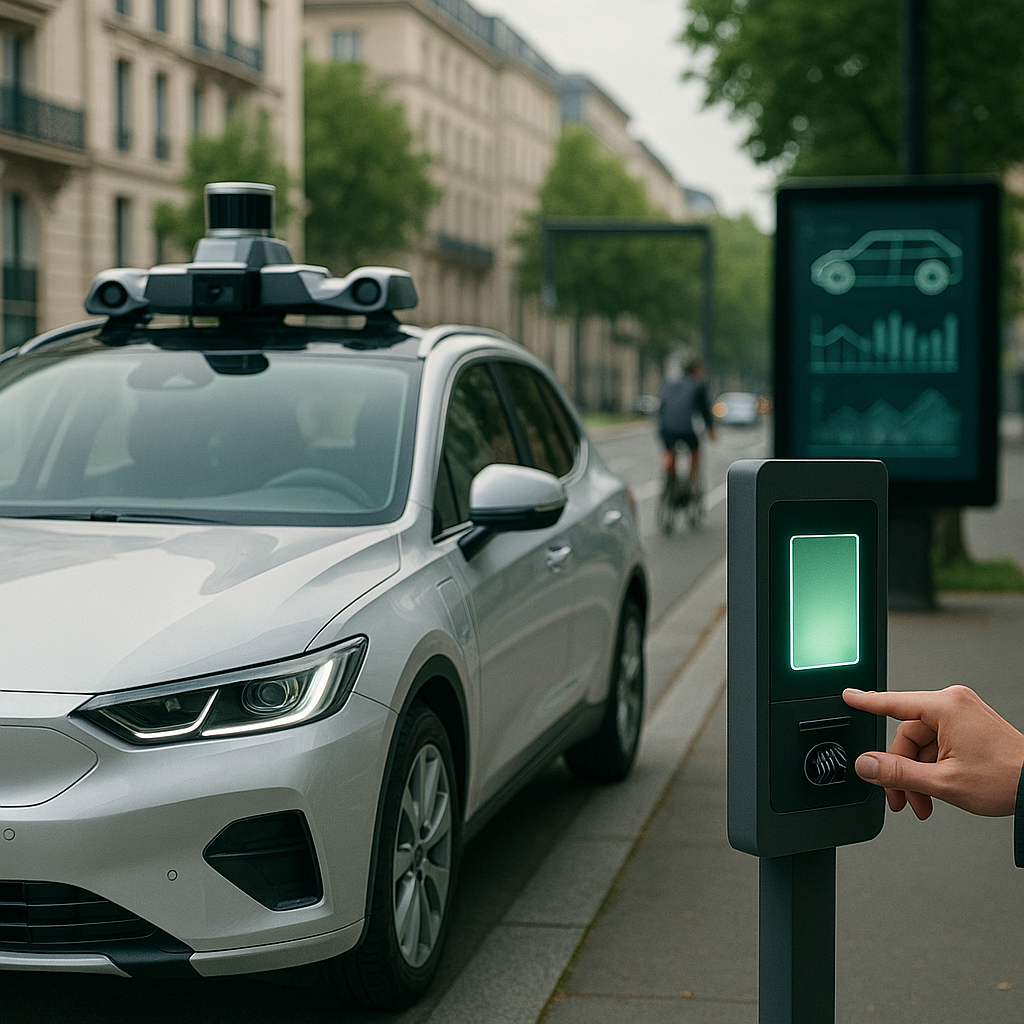Autonomous “driving licenses” sound tidy, but the proposal risks conflating human-centered metaphors with software realities. Allianz’s data on ADAS gains is promising, yet it does not settle the harder questions of generalization, governance, and incentives in Level 3–4 autonomy. A certification that mimics human testing might produce checklists and theater rather than true system safety—especially once over‐the‐air updates change behavior after approval.
Questions
1) Is the “driving license” analogy fit for software? Who holds the license—the model, the vehicle type, the fleet software version, or the operator—and how is it revoked or renewed after each update, domain shift, or learned behavior change?
2) Do ADAS outcomes predict L3–L4 risk? How will risk compensation, mixed traffic effects, rare tail events, cyberattacks, and edge-case generalization be measured beyond simple crash-rate deltas?
3) Who should bear strict liability? If owners are liable for machine decisions they cannot foresee or control, will this suppress consumer adoption and push the market into insurer-approved fleet oligopolies?
Different perspectives and alternative views
- Safety engineers: License regimes risk ossifying around test suites that are easy to pass and easy to game; continuous post-deployment evidence and hazard discovery matter more than pre-deployment rituals.
- Privacy advocates: “Open safety data” can become de facto mass telematics surveillance; purpose limitation, minimization, and strong differential privacy are table stakes.
- Small OEMs and startups: EU-wide licensing may entrench incumbents with the resources to pass exhaustive tests and maintain compliance infrastructure.
- Municipal planners: More lives may be saved sooner by mandating ISA, default AEB, urban speed limits, and road redesign than by waiting for L3–L4 rollout.
- Labor and equity groups: Fleets could erase driver jobs while concentrating mobility control; public interest obligations and access pricing should be defined ex-ante.
- Cybersecurity experts: Centralized, “open” event databases become high-value targets; safety and attack surface must be co-governed.
Controversial or provoking statements
- If AVs are demonstrably safer, the ethical endgame is to restrict human driving on motorways by a set date; anything less renders “safety first” a slogan.
- If insurers demand AV data access, reciprocity should apply: open loss data, pricing models, and claims decisions to public audit to prevent risk selection and hidden discrimination.
- Strict owner liability for autonomous operation is a moral hazard; product liability should shift primarily to manufacturers and software providers.
- A license without post-deployment auditability is safety theater; continuous, standardized, privacy-preserving telemetry plus randomized audits should be mandatory.
- EU competitiveness may suffer if certification cycles lag software iteration; the faster path to safety could be hard caps on speed, universal AEB, and road design—then autonomy.
